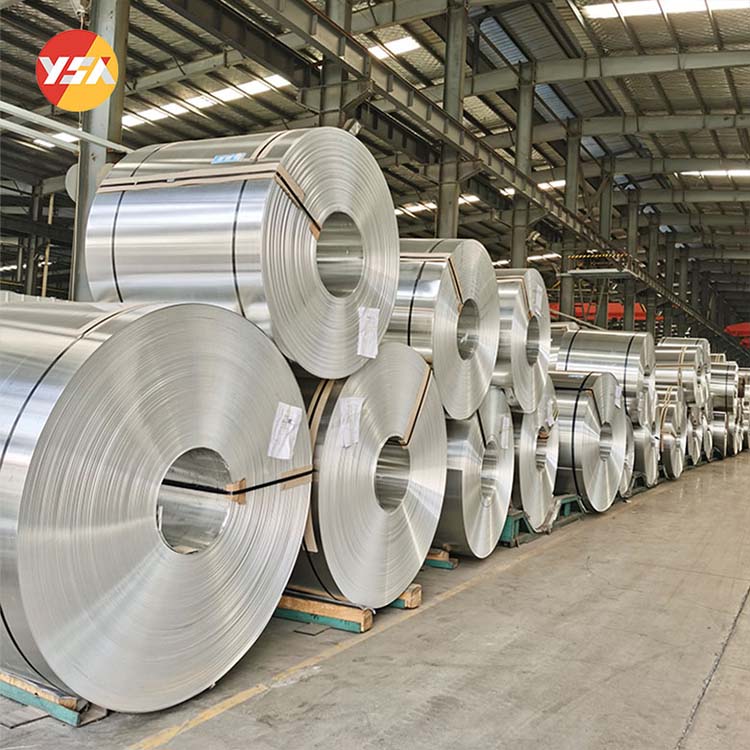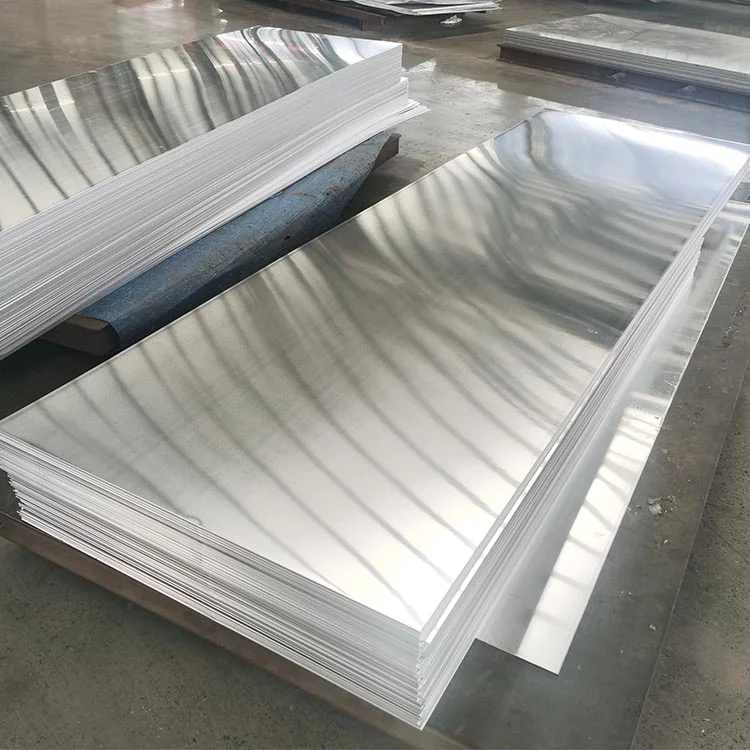[ad_1]
Aluminum is a widely used metal that is known for its lightweight and durable properties. Its versatility makes it a popular choice for a wide range of applications, from aerospace engineering to household items. One important aspect of aluminum that is often overlooked is its density. Understanding the density of aluminum is crucial for engineers and manufacturers to ensure optimal performance and efficiency in their designs. In this article, we will explore the density of aluminum and what you need to know about it.
What is Density?
Density is a physical property of a material that measures how much mass is contained in a given volume. In simple terms, it is the measure of how tightly packed the atoms or molecules of a substance are. The density of a material is typically expressed in units of mass per unit volume, such as grams per cubic centimeter (g/cm3) or pounds per cubic inch (lb/in3).
The density of a material is an important factor in engineering and manufacturing, as it affects various properties and characteristics of the material. For example, materials with higher density are usually stronger and more resistant to deformation, while materials with lower density are lighter and more suitable for applications where weight is a critical factor.
Understanding the Density of Aluminum
Aluminum is a light metal with a relatively low density compared to other metals such as steel and iron. The density of aluminum is approximately 2.70 g/cm3, which is about one-third that of steel (7.85 g/cm3) and one-fourth that of iron (7.87 g/cm3). This low density makes aluminum an attractive material for applications where weight is a critical factor, such as in the aerospace industry.
The low density of aluminum also makes it an ideal material for automotive and transportation applications. By using aluminum components, manufacturers can significantly reduce the weight of vehicles, which can lead to improved fuel efficiency and reduced emissions. In addition, the lightweight properties of aluminum make it easier to handle and transport, which can help streamline manufacturing processes and reduce costs.
In addition to its low density, aluminum also has a high strength-to-weight ratio, which means that it is relatively strong for its weight. This makes aluminum a versatile material that can be used in a wide range of applications, from structural components to consumer products. By understanding the density of aluminum and its related properties, engineers and manufacturers can design products that are strong, lightweight, and efficient.
Factors Affecting Aluminum Density
The density of aluminum can vary depending on various factors, including the alloy composition, heat treatment, and processing techniques. Aluminum alloys are mixtures of aluminum with other elements, such as copper, magnesium, and silicon, that are added to improve specific properties, such as strength, corrosion resistance, and formability.
Different aluminum alloys have different densities, depending on the composition of the alloying elements. For example, aluminum alloy 6061 has a density of 2.70 g/cm3, while aluminum alloy 2024 has a density of 2.78 g/cm3. The density of an aluminum alloy can also be influenced by the heat treatment process, which can change the microstructure of the material and affect its density.
In addition to alloy composition and heat treatment, the processing techniques used to manufacture aluminum products can also affect their density. For example, the density of extruded aluminum products may be different from that of cast or forged aluminum products due to differences in the manufacturing processes.
Importance of Understanding Aluminum Density
Understanding the density of aluminum is essential for engineers and manufacturers to design and produce high-quality products that meet specific requirements and performance criteria. By knowing the density of aluminum and how it relates to other properties, such as strength, stiffness, and thermal conductivity, engineers can make informed decisions about material selection, design optimization, and manufacturing processes.
For example, in aerospace engineering, where weight is a critical factor, understanding the density of aluminum can help engineers design lightweight structures that meet the stringent weight restrictions of aircraft components. Similarly, in automotive engineering, where fuel efficiency and emissions are important considerations, knowing the density of aluminum can help manufacturers develop vehicles that are lightweight and energy-efficient.
In conclusion, the density of aluminum is an important property that affects its performance and suitability for various applications. By understanding the density of aluminum and its related properties, engineers and manufacturers can make informed decisions about material selection, design optimization, and manufacturing processes. With its low density and high strength-to-weight ratio, aluminum is a versatile material that offers numerous benefits for a wide range of industries.
[ad_2]


